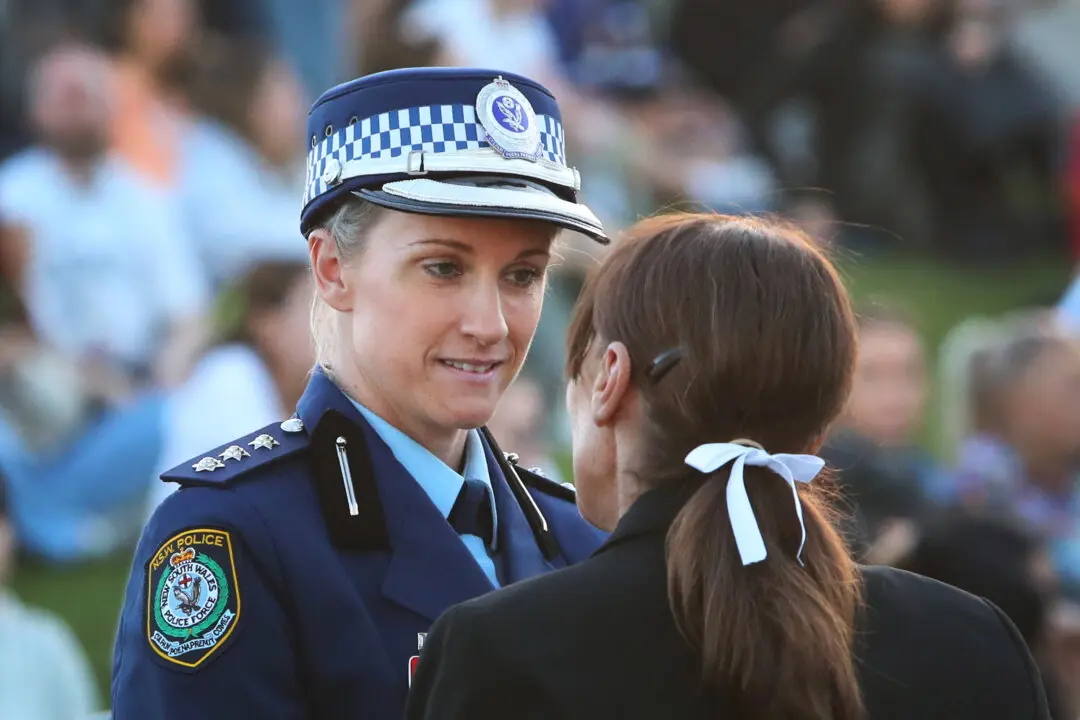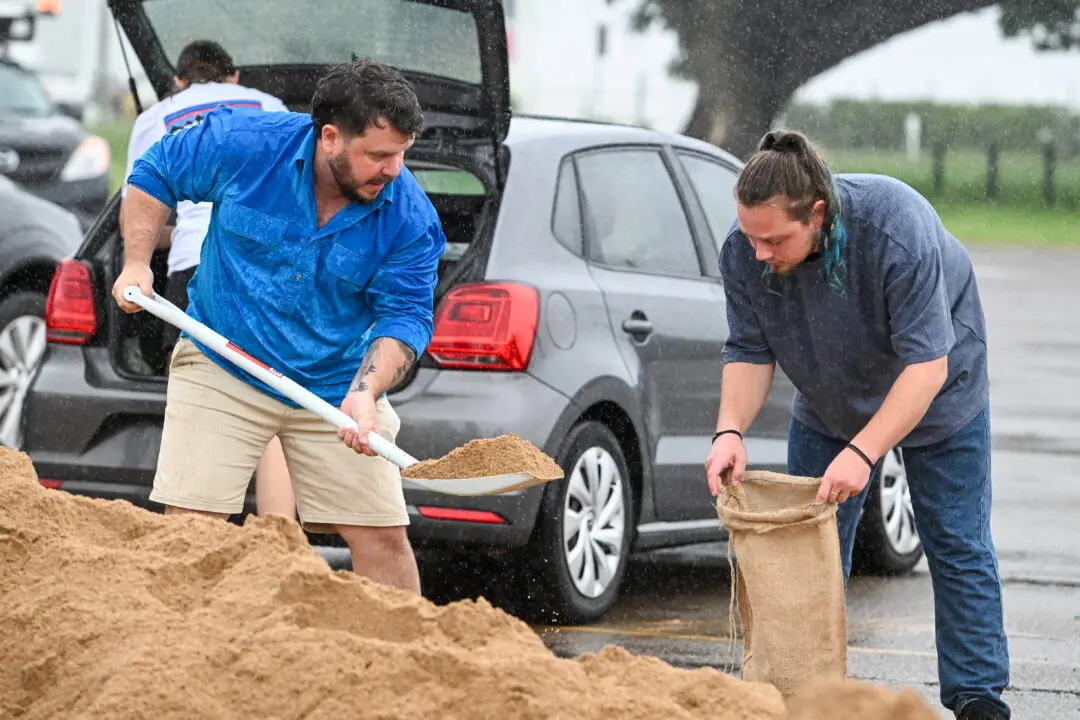Feral horses pose an immediate extinction risk to native species in the Australian Alps and New South Wales (NSW) should allow them to be shot from the air, an inquiry has found.
Australia’s high country has long suffered the effects of feral horses and a federal parliamentary inquiry says there’s an urgent need to slash the 25,000 that run through the sensitive region.





